TLDR
You might not have heard of Connie Chan, but she's a venture capitalist who knows her stuff when it comes to tech in China. In a recent podcast, she broke down everything you need to know about WeChat and how it's dominating in China. WeChat started as a messaging app but now does pretty much everything - you can use it to message friends, pay bills, hail a taxi, play games, and more. Restaurants are a huge part of WeChat too, with over 200 million people using the app to order delivery and make restaurant reservations.
If there's one thing American restaurants can learn from the success of WeChat, it's the power of an all-in-one app. People love convenience and simplicity, and WeChat gives them everything they need in one spot. Maybe it's time for US restaurants to find ways to meet customers where they already are - on the apps they use every day. The future is seamless, and customers want an easy, integrated experience. WeChat proves that an app can start small but become essential to daily life. The question is, which restaurant will build the WeChat of the West? The opportunity is waiting.
Who Is Connie Chan and Why Does Her Analysis of WeChat Matter?
Connie Chan is a partner at Andreessen Horowitz, one of Silicon Valley's top venture capital firms. In 2015, she wrote a groundbreaking article analyzing the success of WeChat, China's super app that combines messaging, social media and payments. Her insights provide valuable lessons for U.S. restaurants.
Chan explains how WeChat grew into a one-stop shop by starting as a simple messaging app. It then added new features like social feeds, games, and payments. Restaurants should focus on their core offering first before expanding into new areas. Provide an amazing dining experience, then consider delivery, loyalty programs, or online ordering.
WeChat's features are deeply integrated, allowing seamless transitions between messaging friends, following brands, and making purchases. Restaurants can learn from this by integrating their own offerings, e.g. enabling online order placement and payment through their app or website. Offering convenient, connected experiences will keep customers coming back.
Crucially, WeChat nurtured an ecosystem of mini-programs and services built by third parties. Restaurants should open their platforms to allow other companies to develop integrations, driving more value for customers. Partnerships with delivery services, review sites or loyalty programs increase visibility and make your restaurant a destination.
While the U.S. market differs from China, the strategies fueling WeChat's success can inspire restaurants everywhere. Focus on your strengths, connect your services, build an ecosystem of partners, and you'll be well on your way to becoming your customers' go-to dining app. What works in China may work for you!
Key Takeaways From Chan's Analysis of WeChat's Mobile First, Mobile Only Approach
Connie Chan's analysis of WeChat, China's mega-app, provides invaluable insights into building a mobile experience that keeps users engaged. For American restaurants, adopting some of WeChat's strategies could help boost business.
Focus on an Integrated Mobile Experience
WeChat dominates by providing an all-in-one mobile experience. Users can message friends, order food, hail rides, make payments, and more without leaving the app. Restaurants should aim to integrate their mobile experience as much as possible. Provide online ordering, loyalty programs, mobile payments, and delivery all in your app. Make it easy for customers to do anything restaurant-related right from their phone.
Prioritize Utility Over Social
While WeChat started as a messaging app, it quickly became a mobile portal for daily life in China. Restaurants should focus more on providing useful services and less on building a social community. Useful services keep customers coming back, not gimmicky social features. Integrate things like online ordering, payment, delivery tracking and digital loyalty cards. These useful tools will make your app indispensable.
Adopt a Mobile-First Approach
WeChat was built for mobile from the start. Every feature considers the mobile experience. Restaurants need to adopt the same mobile-first thinking. Design your app and mobile site specifically for small screens and touch interaction. Provide oversized tap targets, minimal typing, and navigation optimized for thumbs. The mobile experience should be the priority, not an afterthought.
By focusing on an integrated mobile experience, prioritizing utility over social, and taking a mobile-first approach, American restaurants can learn a lot from WeChat's success and build their own must-have app experience. The future is mobile - make sure your customers can do anything with your brand right from the phone in their pocket.
How WeChat's Gamification Drives Engagement Through Red Packets
WeChat’s gamification through “red packets” is genius. By introducing an element of surprise and variable rewards, WeChat keeps users engaged and coming back. American restaurants could learn a thing or two from this strategy.
Red Packets Drive Engagement
WeChat’s red packet feature allows users to send monetary gifts to friends and family. But here’s the catch—the amounts inside each red packet are random. You never know if you’ll receive $1 or $10. This variability triggers our brain’s reward system, releasing dopamine that makes the experience pleasurable and keeps us coming back for more.
Restaurants could adopt a similar strategy by offering random rewards or discounts to regular customers or email list subscribers. For example, on a customer’s 5th visit, they receive a surprise free appetizer or 25% off their bill. The unexpected treat, even if small, fosters loyalty by making customers feel valued. The thrill of not knowing the exact reward also keeps the experience exciting.
Leverage Gamification
WeChat brilliantly leverages gamification—the use of game-like elements in a non-game context—to drive user engagement. The random, variable rewards inside red packets tap into the same psychological motivators as slot machines and loot boxes. We never know if we’ll win big or small, so we keep playing to find out.
Restaurants could get in on the action by offering gamified loyalty programs with variable rewards. For example, a spin-the-wheel game where customers get to spin for a random discount each visit. The rewards are unpredictable but always a win, from 10-50% off. This taps into our innate desire for anticipation, surprise, and winning. Even if the discounts are modest, the experience of playing and winning keeps customers engaged in the game and coming back.
WeChat's ingenious use of gamification and variable rewards through red packets keeps users eagerly engaged. American restaurants should take note—people love surprises, winning, and the thrill of discovery. Adding an element of randomness and gamification is a simple way to foster loyalty and turn casual customers into enthusiastic regulars.
The Power of WeChat's Integrated Payments Platform
The true power of WeChat lies in its integrated payments platform, WeChat Pay. This feature allows users to link their bank accounts or credit cards to the app, enabling quick and easy transactions both online and in physical stores.
Seamless Transactions
WeChat Pay supports a variety of payment methods for any type of transaction. Users can pay for goods and services on e-commerce platforms, send money to friends and family, pay bills, order food delivery, hail a taxi, and more. The payments are instant and secure, requiring only a QR code or wallet scan.
For businesses, accepting WeChat Pay opens up access to over 1 billion potential customers. Customers appreciate the convenience of a one-stop payment system within an app they already use constantly. Merchants are able to reach users directly through the app with coupons, deals and marketing campaigns.
Applying Lessons From WeChat to Grow Your Mobile App at your Restaurant
Restaurants in the U.S. should take note of how WeChat has transformed the dining experience in China. By integrating services like reservations, payments, and reviews into its app, WeChat has streamlined the customer journey and built loyalty. Here are a few ways American restaurants can apply WeChat’s lessons:
Offer Mobile Reservations and Waitlist Management
Allow customers to make reservations, join waitlists, and get updates right from your restaurant’s mobile app. This convenience keeps people from booking with competitors and gives them more reasons to choose your spot. Once they’ve made a reservation, send a reminder push notification the day of their booking.
Accept Mobile Payments
Let customers pay for their meals through your app. This speeds up checkout and gives people another way to earn or redeem rewards points. Consider offering discounts or other perks for mobile payments to encourage adoption.
Build an Online Community
Use your app to start conversations with your customers. Post photos of popular menu items, share specials, and engage people in comments. This fosters a sense of community and connection with your brand. You might also enable customer reviews, ratings, and sharing right in your app.
Personalize the Experience
If customers create an account or loyalty program membership in your app, use the data to personalize their experience. For example, send birthday or anniversary greetings with an offer for a free dessert or appetizer. Tailor specials and recommendations based on their previous orders. This VIP treatment will keep them coming back.
Gather Feedback and Optimize
Your mobile app provides another channel to collect valuable customer feedback. Run surveys and polls to find out how you can improve. See which features people use most to determine where to focus your efforts. Track analytics like daily active users, retention rates, and conversions to optimize the app over time.
By following WeChat’s lead and developing a robust mobile app, American restaurants can boost efficiency, build loyalty, and gain useful insights into customer behavior. An app that integrates reservations, payments, community, personalization, and feedback will transform the dining experience and set your restaurant apart.
Final Thoughts
You've now seen how WeChat has woven itself into the daily lives of nearly a billion Chinese consumers. From payments to delivery to social interaction, WeChat dominates it all. The level of customer engagement and loyalty WeChat has achieved is mind-boggling. Sure, the scale of China's market and some cultural differences mean WeChat's model may not directly translate for American restaurants.
But there are plenty of lessons to take. Build your brand's presence right into your customers' daily habits and routines. Offer a seamless experience across channels. Give people reasons to keep coming back, whether through loyalty programs, social interaction or content. Make it easy for your fans to spread the word and bring their friends. While the tools and technology will differ, focusing on total customer experience and loyalty is universal.
The future is all about community and personal connection. WeChat proves that when you give people an engaging place to share moments, stories and recommendations, you earn a spot in their lives and hearts. American restaurants should start thinking about how they can build a space not just for eating in, but belonging too. Your customers will love you for it. And their friends will come flocking.


.webp)


.webp)
.png)
.webp)

.avif)
.webp)
.webp)
.webp)

.webp)

















.svg)
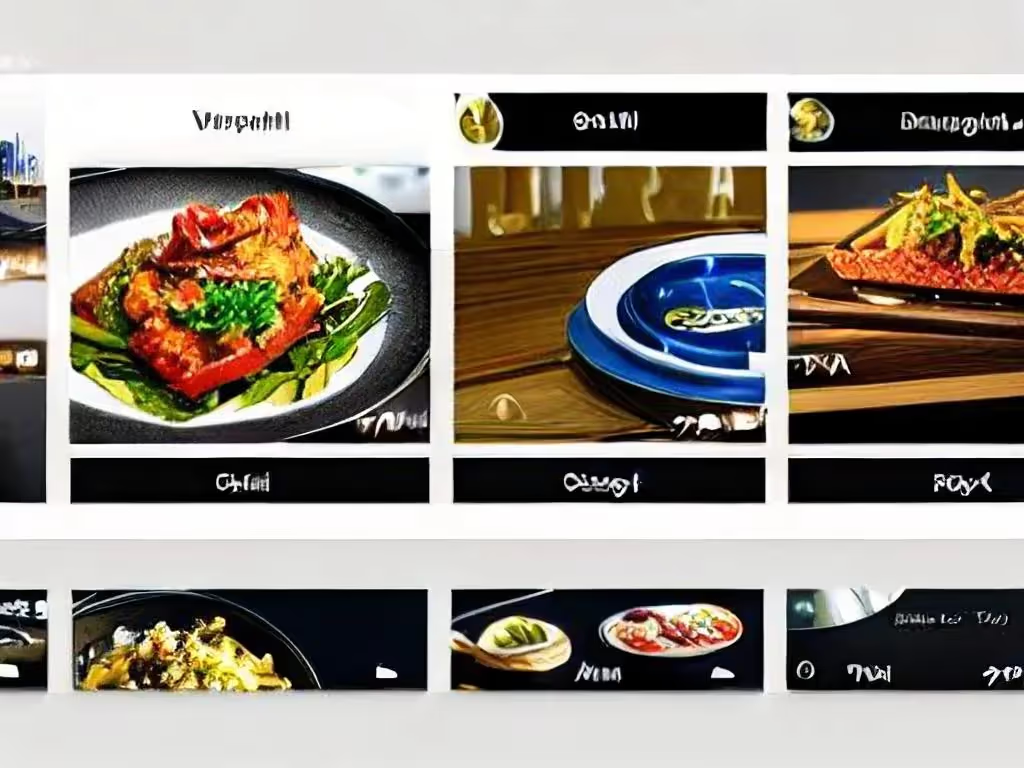




.svg)
.svg)
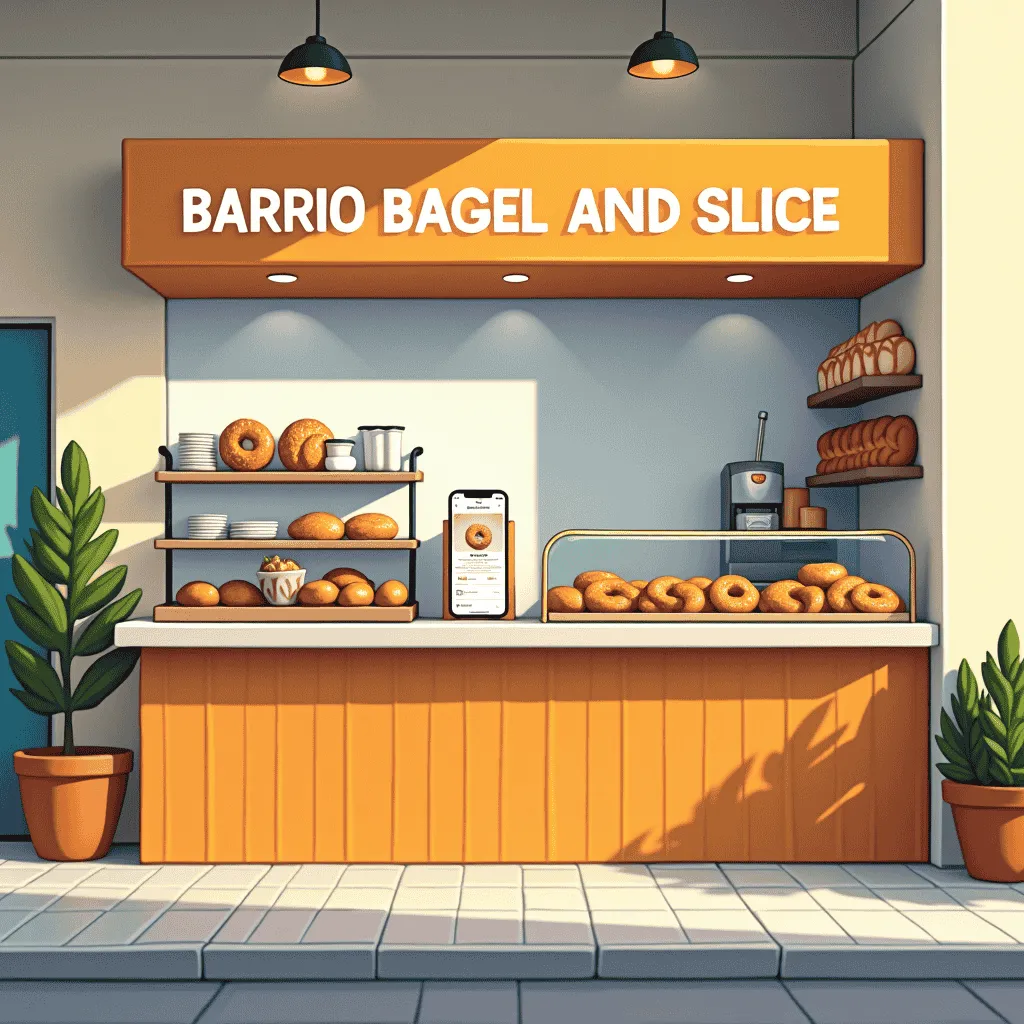



.avif)



.avif)
.avif)

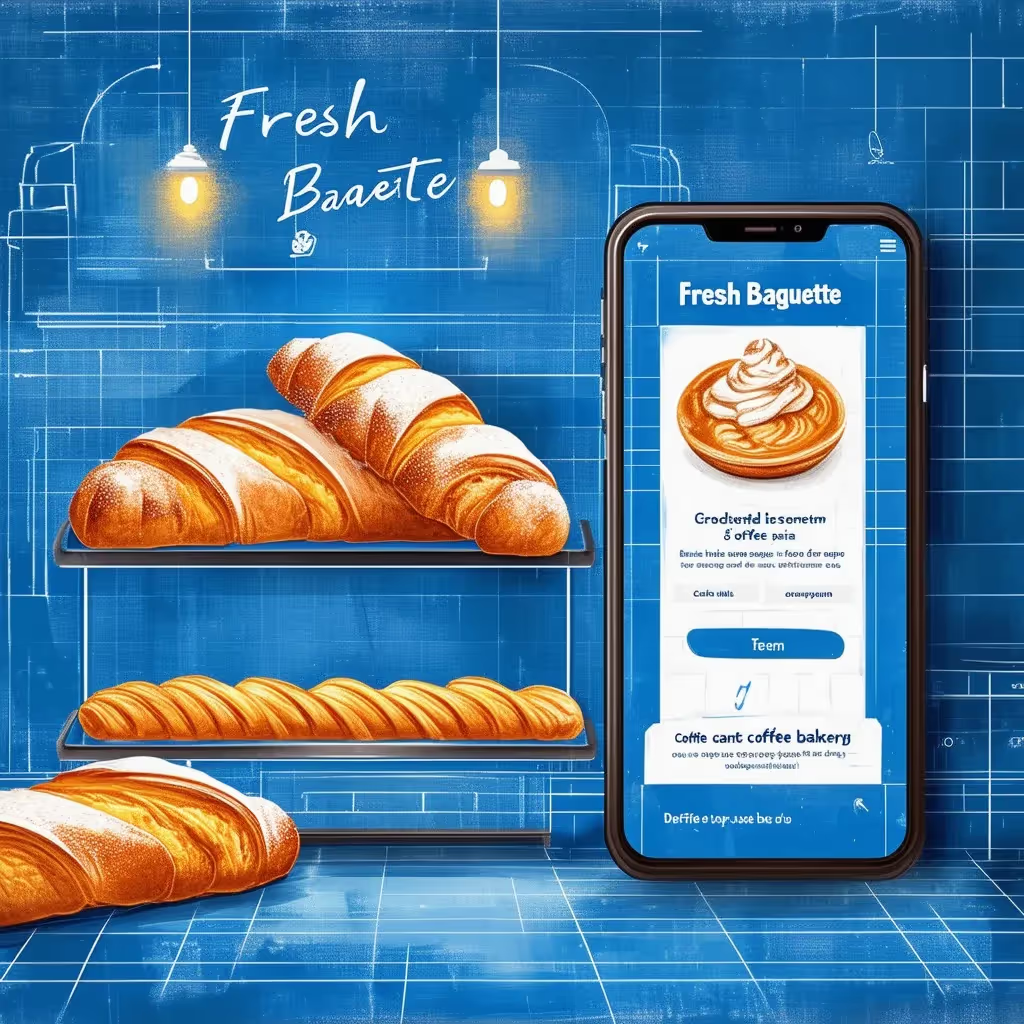
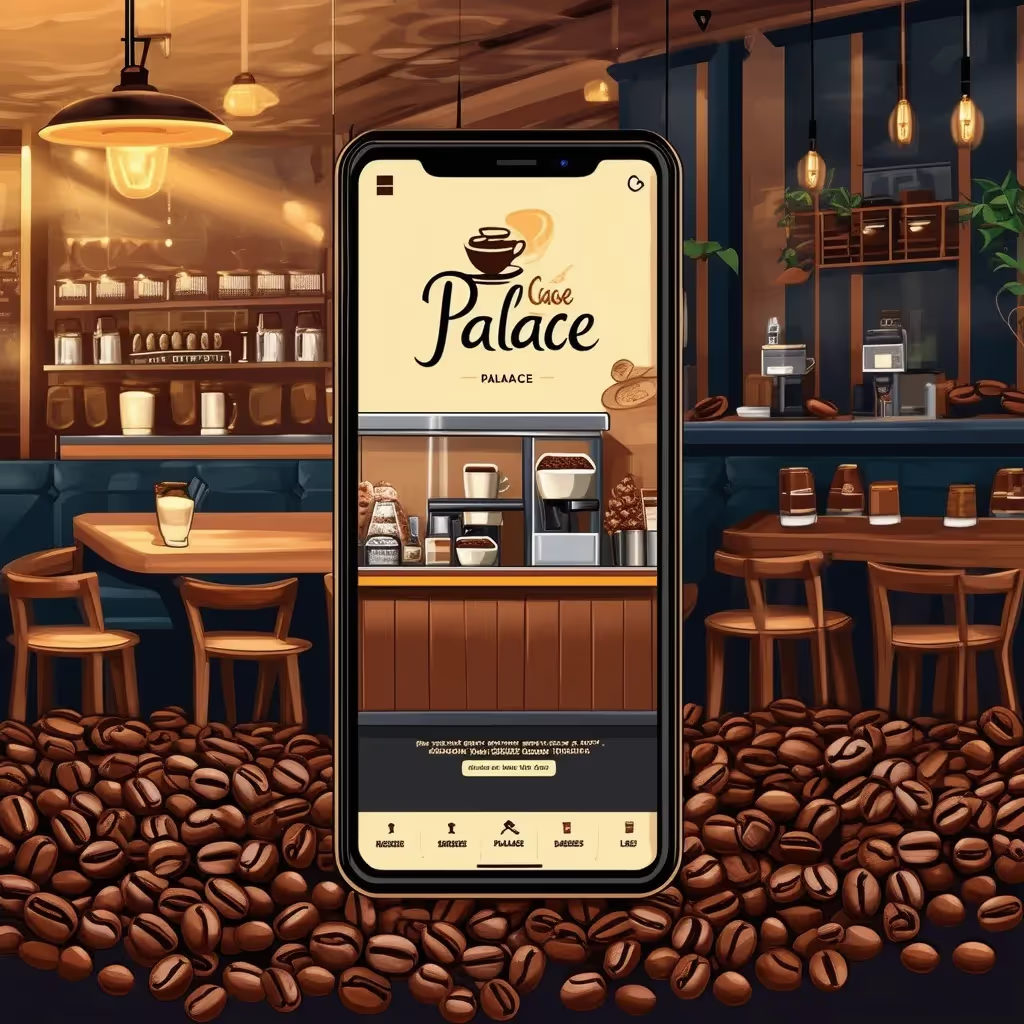

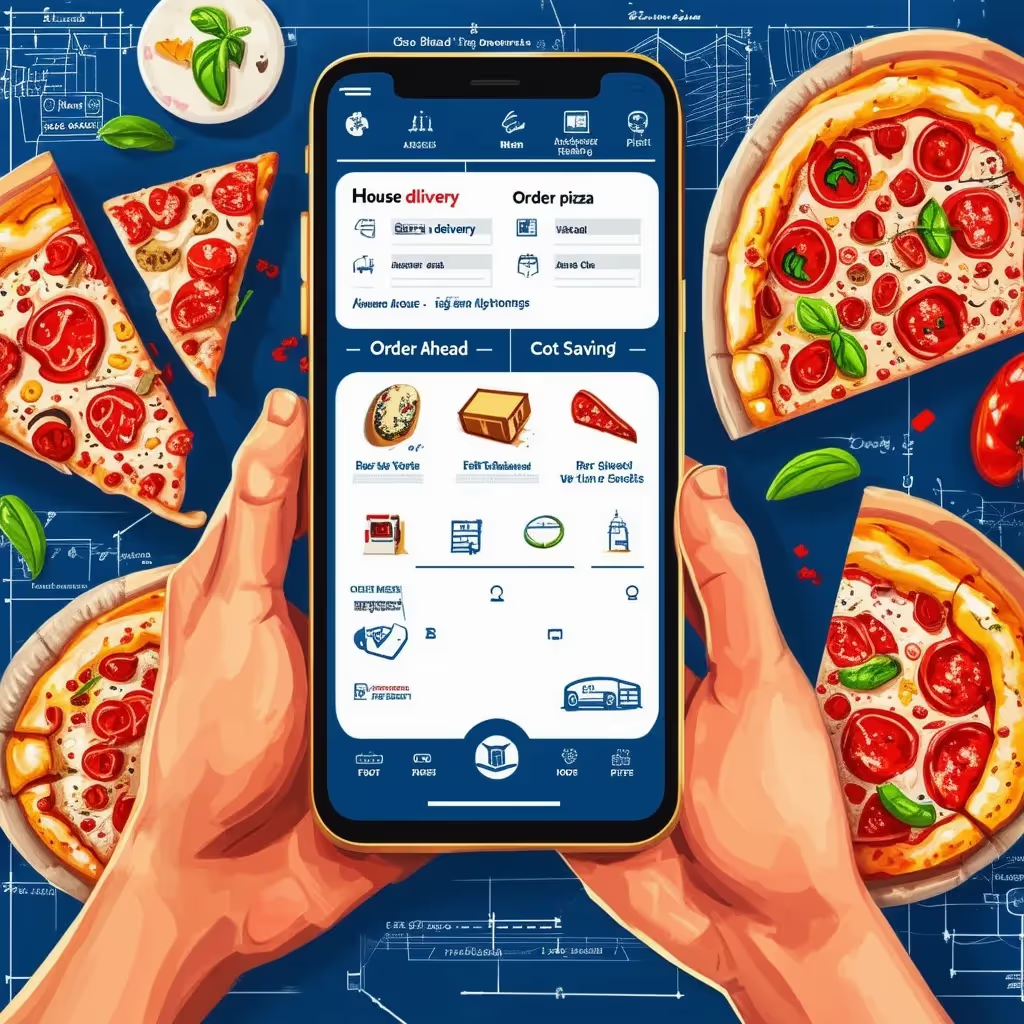





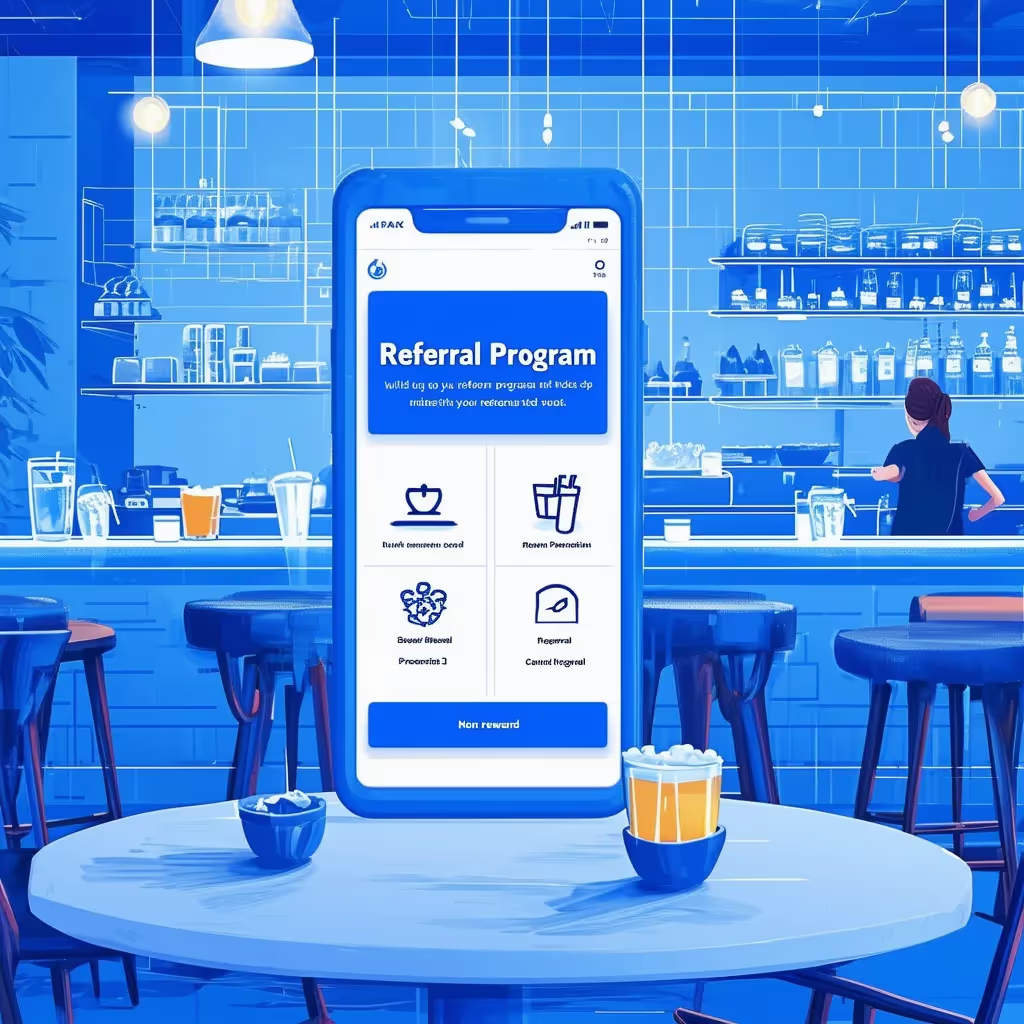





.avif)





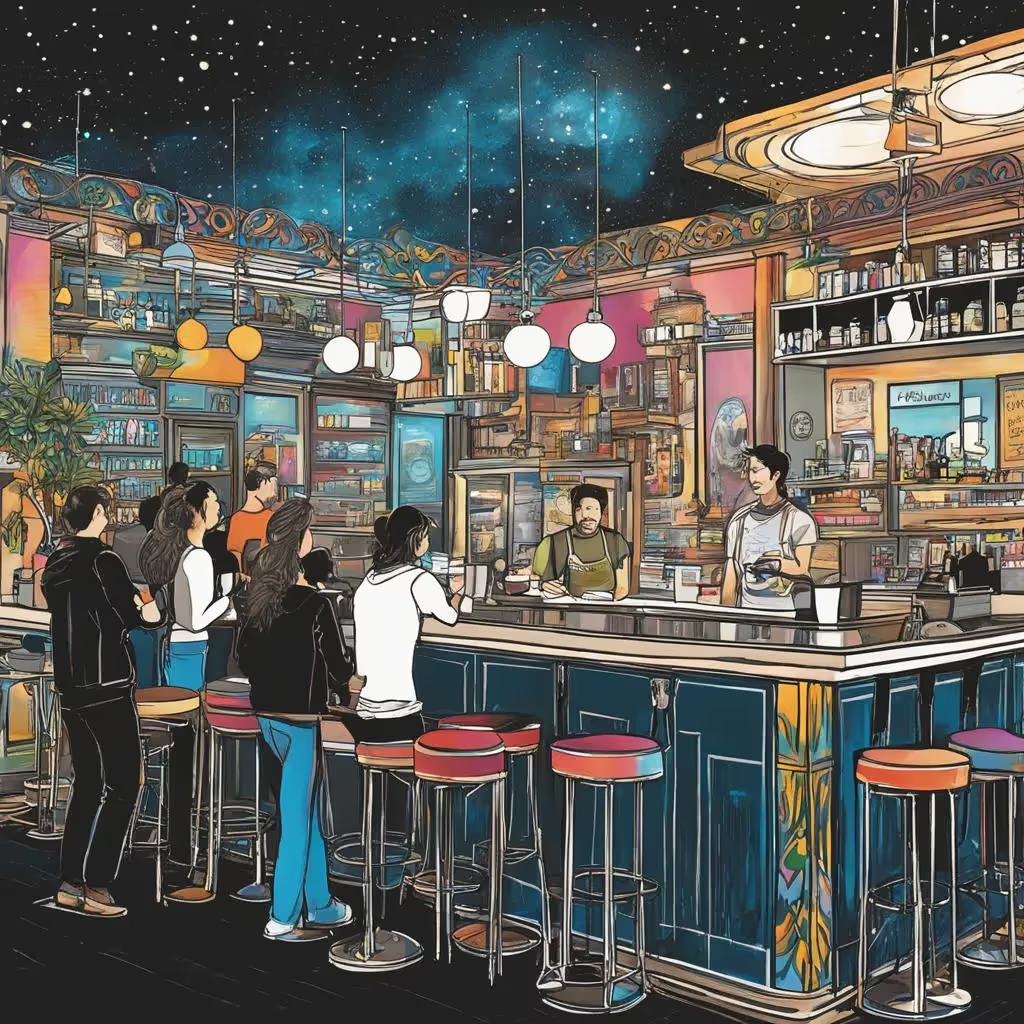


.avif)










